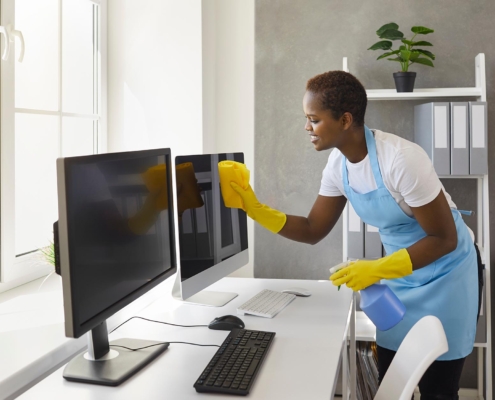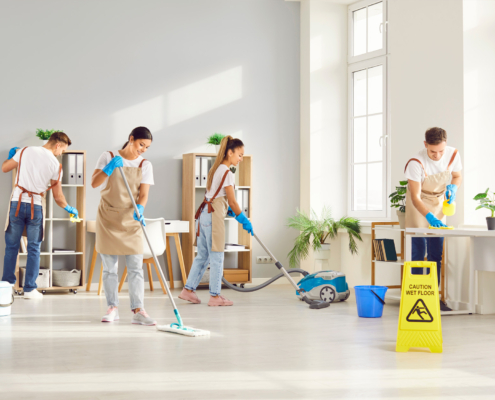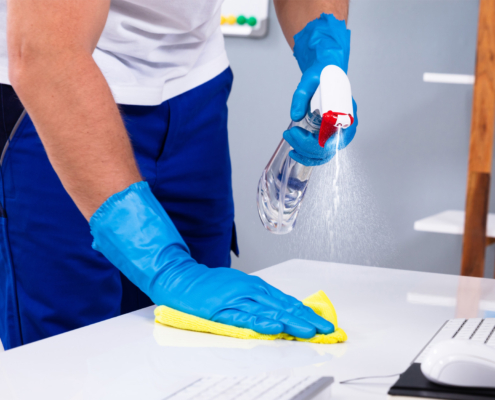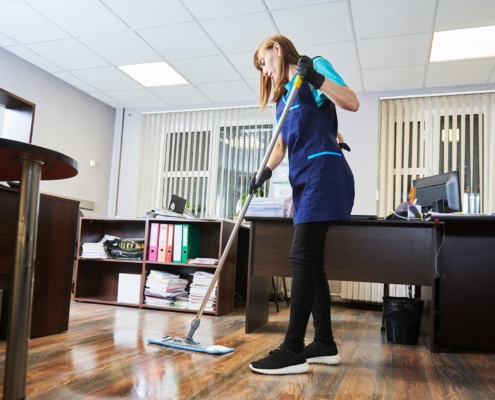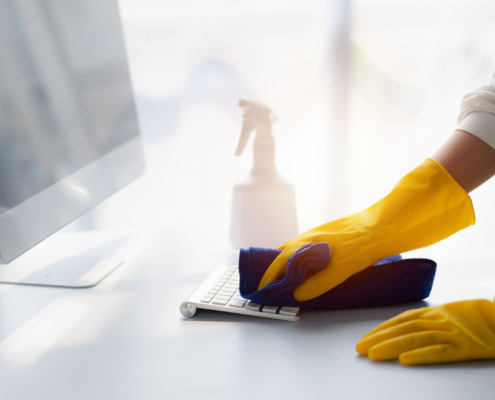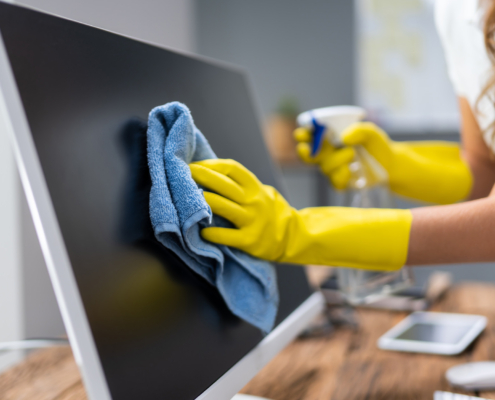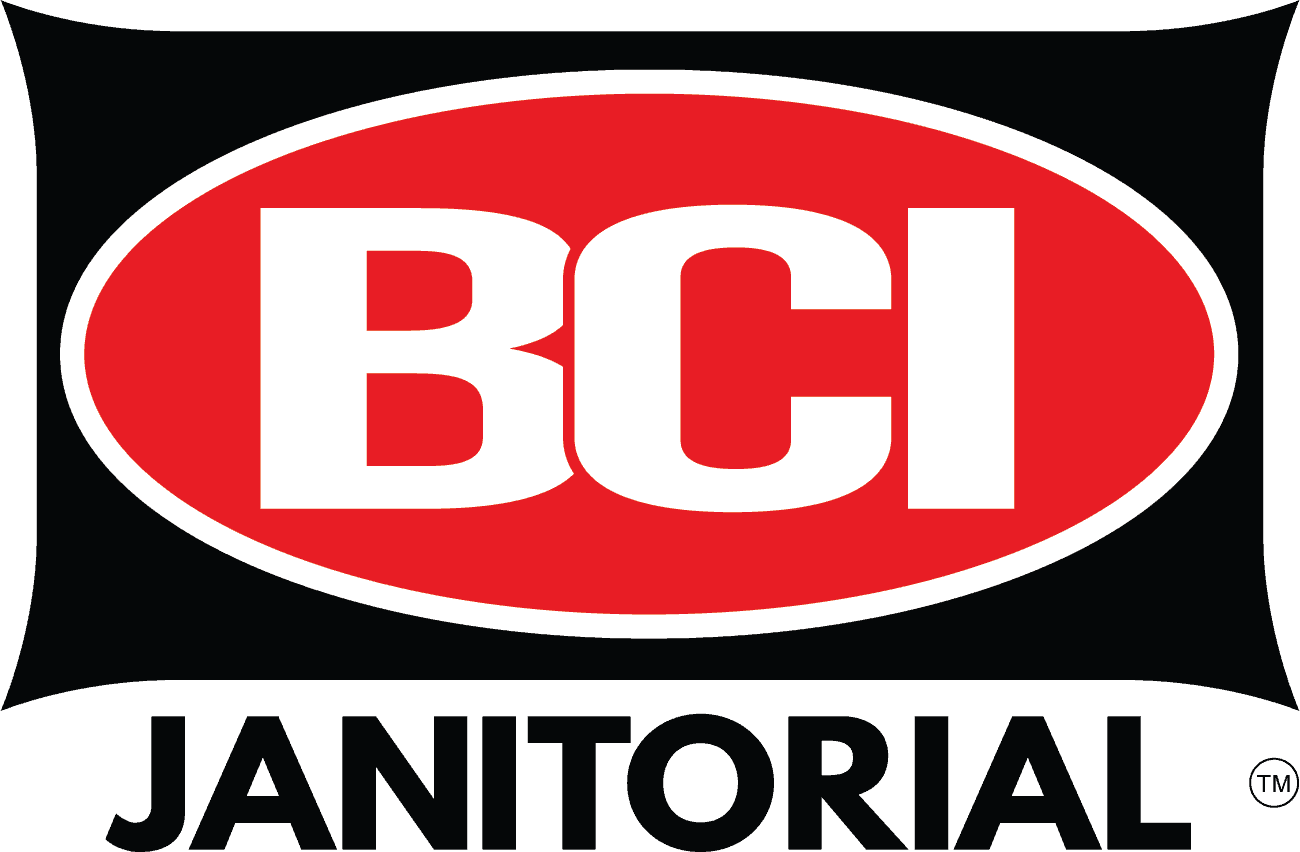Every year, as spring and fall arrive, so do the allergy symptoms. While most business owners chalk it up to outdoor conditions, many of the worst triggers are hiding inside the office. Pollen and dust get tracked in by foot traffic. Mold grows unnoticed in damp corners. And HVAC systems quietly recirculate the same allergen-filled air day after day.
When employees feel miserable at their desks, their performance suffers, and sick days start adding up. That’s why smart businesses look beyond surface-level cleaning and take proactive steps to reduce allergens in the office before symptoms peak.
Here’s why allergy season hits workplaces especially hard:
- Shared air and confined spaces: Allergens like pollen and mold spores circulate quickly in open-office environments.
- Poor indoor air quality: Without regular filter changes and vent cleanings, HVAC systems recycle allergens rather than removing them.
- Heavy foot traffic: Employees and visitors bring in pollen, dust, and debris on shoes and clothing.
- Inconsistent cleaning practices: Dusty surfaces, unclean carpets, and missed corners allow allergens to build up unnoticed.
- Lack of awareness: Most workplaces don’t realize how many triggers are environmental—and fixable with targeted cleaning and disinfection.
Getting ahead of the problem now is key. The longer allergens linger, the more they affect your team’s health—and your bottom line.
